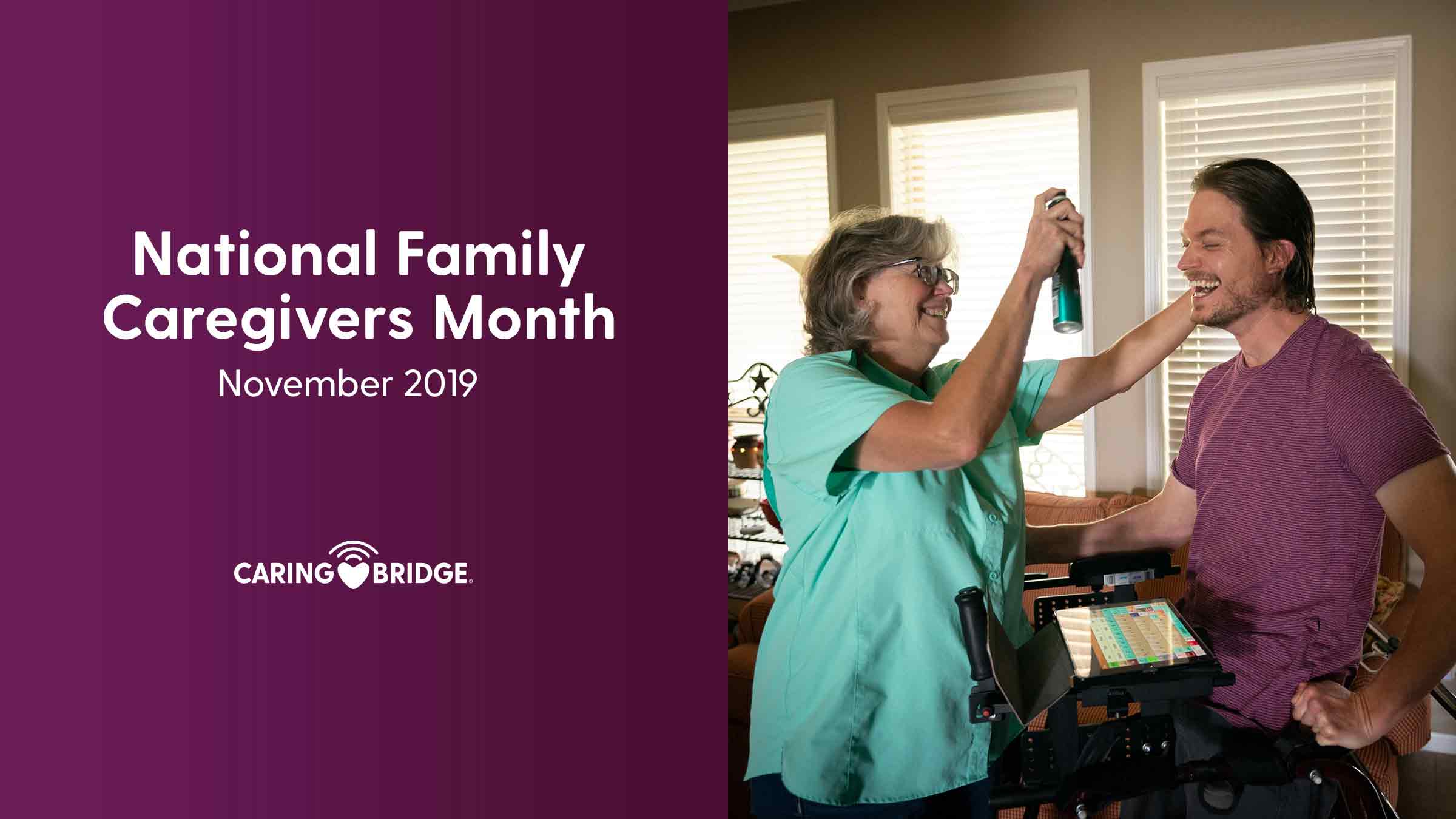
National Family Caregivers Month: Everything You Should Know
National Family Caregivers Month, held every November, was created to share an appreciation for family caregivers around the country. Learn more about how this month got started, past themes, and some interesting facts about caregivers.
History of National Family Caregivers Month
Back in 2014, through a Presidential Proclamation, Barack Obama designated November as National Family Caregivers Month. The president encouraged all Americans to pay tribute to those providing for the health and wellbeing of family members, friends and neighbors.
Here’s an excerpt from the proclamation:
“Each day, courageous individuals step forward to help care for family members in need, their quiet acts of selflessness and sacrifice telling a story of love and devotion. Across our country, parents and children, siblings and spouses, friends and neighbors heroically give of themselves to support those in their lives affected by illness, injury, or disability. During National Family Caregivers Month, we salute the people who play difficult and exhausting roles, and we recommit to lifting up these Americans as they care for their loved ones while protecting their dignity and individuality.”
Barack Obama
Annual Themes
The Caregiver Action Network, a national organization focused on improving the quality of life of family caregivers, announces annual themes for National Family Caregivers month. In 2019, the theme was tagged as #BeCareCurious. This theme aimed to serve as a reminder for caregivers to be curious, as appropriate, about: goals and treatment options for the patients in their care; credibility of sources of information on the internet; care plans for patients; and questions about insurance coverage.
The 2021 theme was announced as #CaregiverAnd to encourage family caregivers to celebrate their interests and passions outside of caregiving. While caregivers should be honored all year long, this month is a time to recognize their hard work, courage, and compassion.
Caregiving Statistics
In the United States, about 78 million family members are providing unpaid care to adults or children. According to research published in 2015 by the National Alliance for Caregiving and AARP, this number comes from:
About 34.2 million Americans who have provided unpaid care to an adult age 50 or older in the last 12 months.
Approximately 43.5 million caregivers who have provided unpaid care to an adult or child in the last 12 months.
And within this context of family caregiving, 2015 data from the Alzheimer’s Association indicate that 15.7 million adult family caregivers are caring for someone with Alzheimer’s disease or other dementia. It’s a given that as the number of older Americans rises, so will the number of family caregivers.
More than 75% of all family caregivers are women, according to a 2016 report by the National Institute on Aging. And for many, caregiving is in addition to working full time and raising children of their own.
The typical profile of family caregiver in the United States is a 39-year-old woman taking care of a 68-year-old female relative needing ongoing assistance for a long-term physical condition.
Helping Caregivers
At CaringBridge, there is no “typical profile.” Wives support husbands, parents support children, siblings, grandparents, cousins, in-laws, friends and neighbors take care of each other. CaringBridge, in fact, was launched to support a family caregiver.
Founder Sona Mehring was asked in 1997 by her college friend, Darrin Swanson, to keep everyone updated when his wife, JoAnn Hardegger, was hospitalized during a complicated pregnancy. Instead of making countless phone calls, Sona launched a website to provide medical updates and make it possible for family and friends to send messages of love and support.
Today, nearly 70% of CaringBridge sites are started by family caregivers, on behalf of patients. Family caregivers turn to CaringBridge to save time and reduce the stress of a health crisis by asking for help and receiving emotional support from their family and friends. And over hundreds of thousands of health journeys, the CaringBridge team has been a witness, like no other, to the gifts and challenges that come with caregiving.
To shine love and light on these gifts and challenges, CaringBridge launched in 2017 Caregivers Up Close, an ongoing series offering inspiration, words of wisdom, and helpful tips for caregivers … from caregivers. Here are some highlights:
In 9 Caregiver Support Groups That Help Caregivers in Need, CaringBridge users recommend in-person and online groups in which family caregivers can share expertise, concerns or experiences in a safe, supportive environment.
A guide titled 10 Soul-Healing Tips to Prevent Caregiver Burnout identifies symptoms that may indicate the serious condition of burnout and tips for caregivers on taking care of themselves, too.
Every caregiver welcomes the gifts of appreciation and encouragement, but many using CaringBridge also had great recommendations for Thoughtful Gifts for Caregivers.
In 11 Most Common Caregiver Duties, Caregivers using CaringBridge talk about a day in the life of a caregiver.
Rosalie Wosepka of St. Paul, MN, shows how writing helped her during the years that she walked beside her husband, John, after diagnosis of Lewy body dementia, and 7 Dementia Tips From a Caregiver Who Understands.
Giving Back
As any caregiver can tell you, the work of caregiving stretches across 365 days a year. But any extra love, hope and compassion that shine a spotlight on National Family Caregivers Month is welcome, and appreciated. Below are suggestions from the CaringBridge community on how to show your gratitude and support towards an influential caregiver.
“Gift cards, a day off, a card, a special gift from the heart that you know they will really like.”
Patricia G.
“Recognition of all they do by a day off and more.”
Annie S.